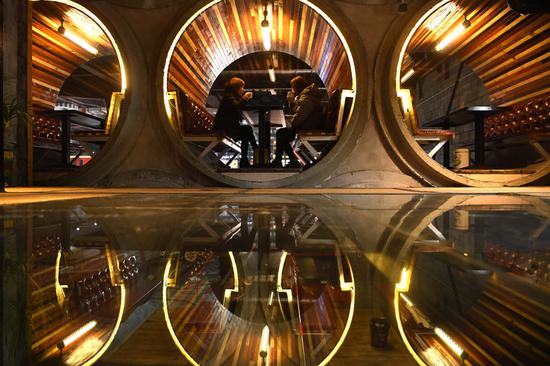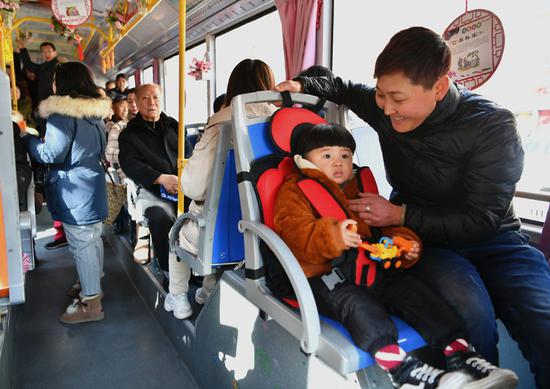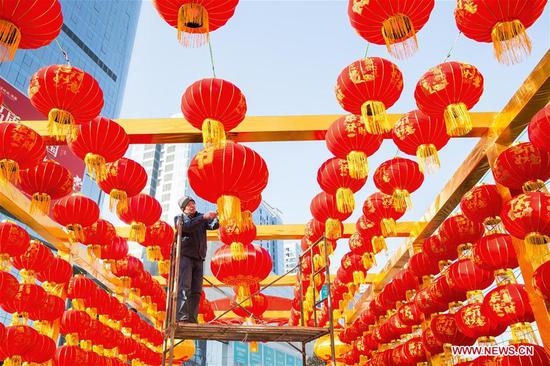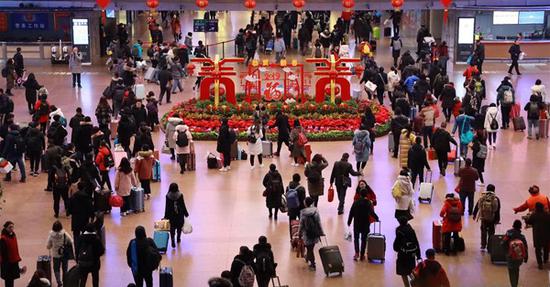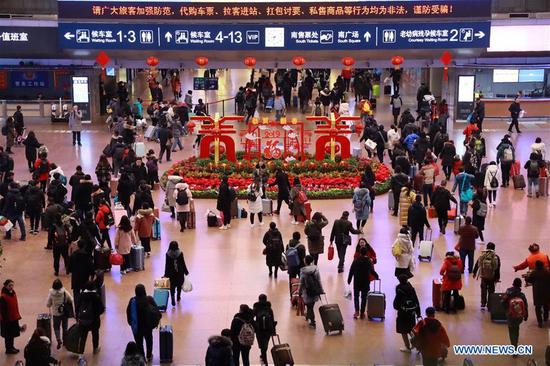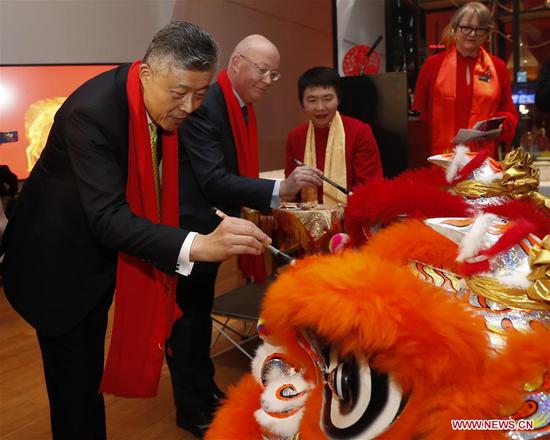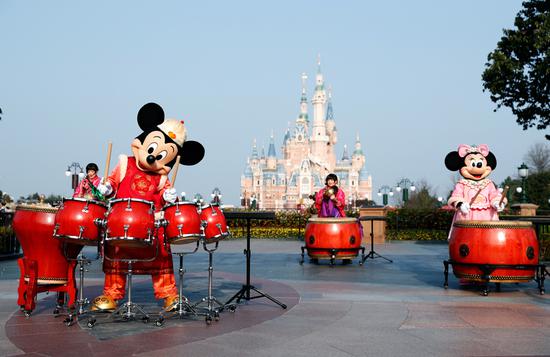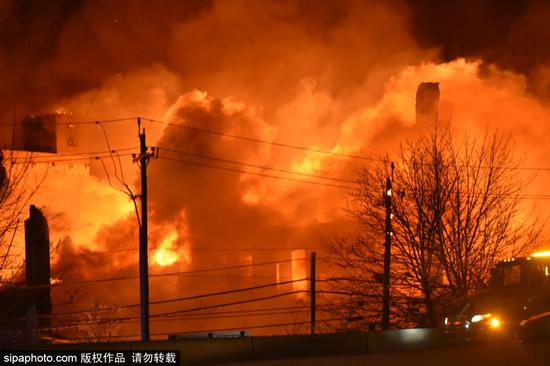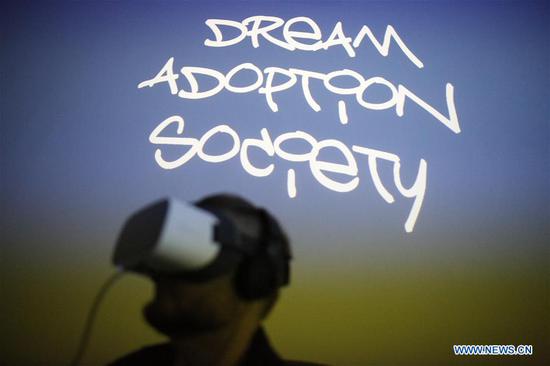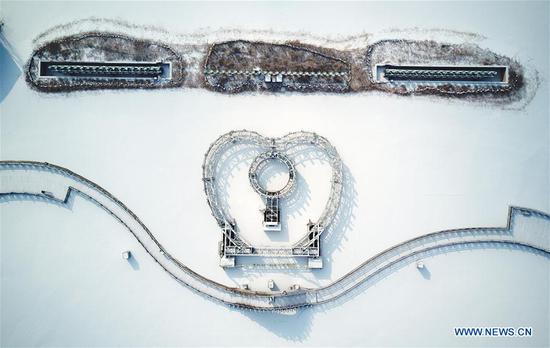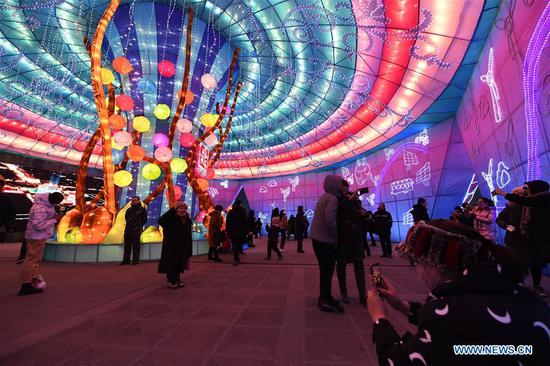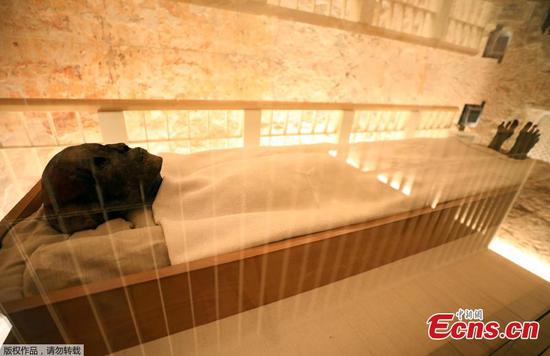
Employees work at a Foxconn factory in Shenzhen, Guangdong province. (Photo/China Daily)
Residents' opposition, labor shortage, and technology transfer difficulties are the three main reasons why manufacturing companies like Foxconn could not move back to the United States easily, industry insiders and analysts have said.
Being built on a vast 2,800 acres of land in the U.S. State of Wisconsin, the Foxconn plant project is dubbed by U.S. President Donald Trump as the "eighth wonder of the world" for the scale of investment, the number of new jobs it promises to bring in, and the hundreds of upstream and downstream manufacturing companies that potentially would follow suit.
The company, which makes products for Apple, Sony, Microsoft and Nintendo, among others, in 2017 signed a contract with Wisconsin Economic Development Corporation for the display screen plant worth $10 billion.
According to the contract, Foxconn will build a 21.5-million-square-foot (20-square-kilometer) manufacturing campus and hire about 13,000 local workers, and Wisconsin promised to provide an incentive package worth about $4 billion, the largest subsidy offered to a foreign company in U.S. history.
The project moved fast, but problems soon followed. In what local officials described as the "Foxconn pace," the plant broke ground in June and soon caused considerable controversy.
LOCAL OPPOSITION
Residents who had to move away to make space for the Foxconn campus were offered assistance in relocation and compensation by market value or higher. Yet some were still unhappy as their lives had been disrupted.
Moreover, the public has become aware of the spiraling costs for the new job opportunities. It is estimated that each new job created could cost the government as much as $1 million, eight times the average amount of subsidies local governments offer to similar projects.
Officials who had worked on the deal said the incentive package should be viewed as an investment made by the state rather than free money for the company.
However, statistics showed that citizens might see a return on their Foxconn investment in 2042 at the earliest, according to the Legislative Fiscal Bureau, a nonpartisan agency that provides economic analysis to the Wisconsin state legislature.
Many local residents felt it was a waste of money and called on governments to rethink their package and put the money into other social benefit projects such as education.
"It's a lousy deal, and we're going to have to hold Foxconn's feet to the fire going forward," Wisconsin's Governor-elect Tony Evers said.









